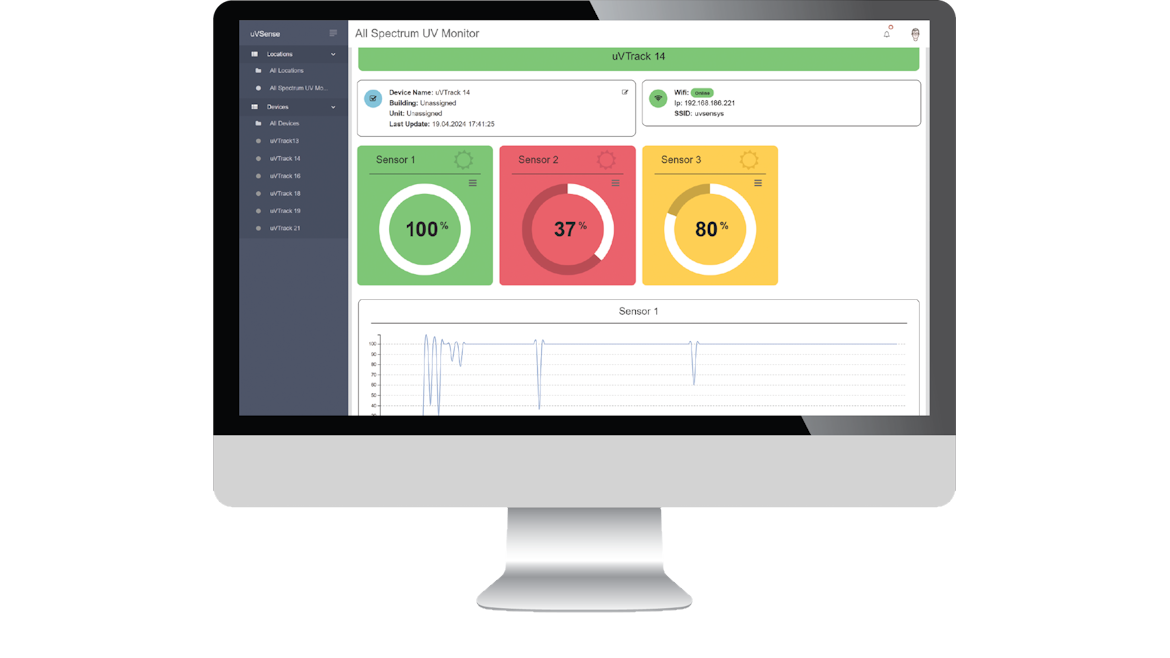Therefore, it is crucial contractors are trained and prepared to manage an – albeit, unlikely – risk of fire when handling R-454B.
To mitigate risk of fire, contractors must prioritize and follow through on proper handling and storing procedures – regardless of the risk being so slim. On the back end, many manufacturers are working on leak detection sensors to pick up on any R-454B vapors and ensure there’s no buildup.
From a contractor’s perspective, new precautions to consider start with transportation management.
Since contractors will continue to service customers with both R-410A and R-454B refrigerants, transporting the materials must be a meticulous process – as introducing the incorrect refrigerant into any given system will mix incompatible chemical properties. To get ahead of any errors, since both types of refrigerants can in fact be transported together, cylinders containing R-410A and R-454B will be in differently colored tanks – with R-454B cylinders sporting a red stripe or band to signify low flammability on a gray exterior, alongside a stamped refrigerant number.
Professionals are required to have a class B fire extinguisher and written inventory when transporting flammable materials, and cylinders must be arranged properly – in compliance with International Code Council (ICC) guidelines. They must be positioned upright and in a way that prevents movement, theft and tampering, and must also be handled as though they contain refrigerant, even if they appear empty. A timeless rule of thumb in this industry is to never consider a refrigerant cylinder empty until it’s been properly evacuated.
Additional Tips
Most evergreen safety concerns contractors will have already practiced remain true at a high level, regardless of the change in refrigerant type. Now is an optimal time to jog your memory on standard practices, and how they translate over to R-454B. These include:
- Performing a triple evacuation on heat pumps prior to charging – leveraging a vacuum pump rated for use with A2L refrigerants.
- Ensuring recovery tanks are certified and never filled to more than 80% by volume to prevent hydrostatic pressure and potential tank rupture.
- Determining the maximum concentration of refrigerant a particular unit can take according to Refrigeration Concentration Limits (RCL) prior to installation and/or maintenance. This reduces the risk of toxicity, asphyxiation and flammability.
- Making sure refrigerants are vacuumed out and charged with Nitrogen when air transport is required.
- Including the date the pressure test and evacuation was completed on the label of A2L equipment upon completing installation.
- Placing NFPA 704 hazard placards around the perimeter of the site when brazing a system that has been charged with A2L refrigerant. Tubing must also be pressurized, and the system vented.
How to Prepare Now
If customers catch wind of the HFC phasedown, they may pose questions and concerns about how it will impact them – especially if they hear there is a low flammability rating. To ensure they’re bringing the most accurate, current information to those they service, contractors should prepare to assuage any concerns by staying informed and completing manufacturer-prescribed trainings for dealing with new equipment.
For additional education, organizations such as the ESCO Institute and the ICC are rife with materials geared at familiarizing HVAC professionals with what this transition entails and how they can stay ahead of the curve.
Whether you require installation, repair, or maintenance, our technicians will assist you with top-quality service at any time of the day or night. Take comfort in knowing your indoor air quality is the best it can be with MOE heating & cooling services Ontario's solution for heating, air conditioning, and ventilation that’s cooler than the rest.
Contact us to schedule a visit. Our qualified team of technicians, are always ready to help you and guide you for heating and cooling issues. Weather you want to replace an old furnace or install a brand new air conditioner, we are here to help you. Our main office is at Kitchener but we can service most of Ontario's cities
Source link




Add Comment